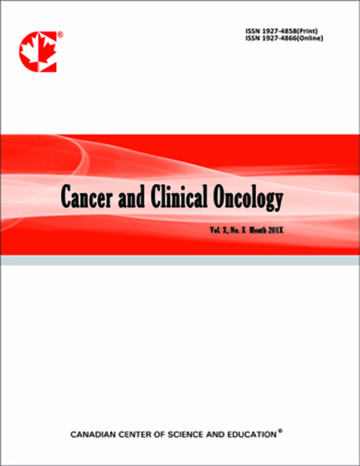Preoperative Staging in Women with Known Breast Cancer: Comparison between Digital Breast Tomosynthesis (DBT) and Magnetic Resonance Imaging (MRI)
- Francesca Galati
- Flaminia Marzocca
- Andrea Tancredi
- Emmanuel Collalunga
- Carlo Catalano
- Federica Pediconi
Abstract
Objectives
To prospectively evaluate the accuracy in tumor extent and size assessment of Digital Breast Tomosynthesis (DBT) and Magnetic Resonance Imaging (MRI) in women with known breast cancer, with pathological size as the gold standard.
Methods
From May 2014 to April 2016, 50 patients with known breast cancer were enrolled in our prospective study. All patients underwent MRI on a 3T magnet and DBT projections. Two radiologists, with 15 and 7 years of experience in breast imaging respectively, evaluated in consensus each imaging set unaware of the final histological examination. MR and DBT sensitivity, PPV and accuracy were calculated, using histology as the gold standard. McNemar test was used to compare MR and DBT sensitivity. Correlation and regression analyses were used to evaluate MRI vs Histology, DBT vs Histology and MRI vs DBT lesions tumor size agreement to histological results.
Results
On histological examination 70 lesions were detected. MRI showed 100% sensitivity, 96% PPV and 96% accuracy; DBT sensitivity was 81%, PPV 92% and accuracy 77%. McNemar test p-value was 0.0003. Lesions size Pearson correlation coefficient was 0.97 for MRI vs Histology, 0.92 for DBT vs Histology, (p-value<0.0001). MRI vs DBT regression coefficient was 0.83.
Conclusions
MRI confirmed to be the most accurate imaging technique in preoperative staging of breast cancer. However, DBT showed very good accuracy, sensitivity and tumor size assessment and could be a valid tool for preoperative staging when MRI is contraindicated.
- Full Text:
 PDF
PDF
- DOI:10.5539/cco.v7n2p33
Journal Metrics
Google-based Impact Factor (2018): 3.94
h-index (August 2018): 8
i10-index (August 2018): 6
h5-index (August 2018): N/A
h5-median(August 2018): N/A
(The data was calculated based on Google Scholar Citations. Click Here to Learn More. )
Index
Contact
- Lexie GreyEditorial Assistant
- cco@ccsenet.org
